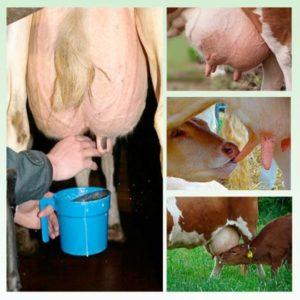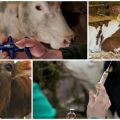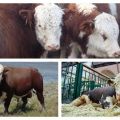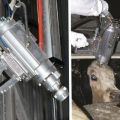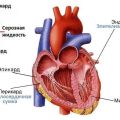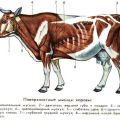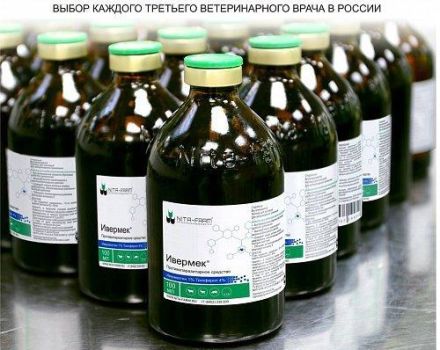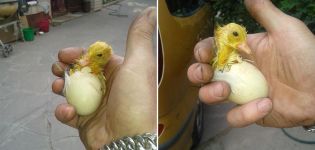Rules and 3 techniques for taking blood from cattle, preparation and possible mistakes
Medical and preventive measures, as an integral part of veterinary supervision in the livestock industry, require close attention and regularity. Taking blood for analysis from cattle is an important preventive procedure, the technique of which determines the reliability of the study, the safety of others and the further productivity of cows.
Animal preparation
Blood sampling from cows is carried out to study its biochemical composition, to exclude infectious diseases or to confirm the alleged diagnosis. Venous blood is required for testing for leukemia, brucellosis, and tuberculosis. To take material from a cow without harming the health of the animal, it is necessary to properly prepare for the procedure. The optimal time for collection is in the morning before the first feed. After a meal, it is not recommended to take blood for analysis within 5 hours.
The place for sampling is freed from the hairline and, if necessary, the cattle is fixed, after which the site is treated with an antiseptic. Suitable for disinfection are 70% ethanol solution, 1% salicylic acid alcohol solution, 5% iodine alcohol solution.
Techniques that do not require forced fixation of the body position are more easily tolerated by animals. The stress from the procedure can lead to a decrease in milk yield. It is not recommended to take blood from females 3 weeks before calving and within 3 weeks after giving birth.
Bovine blood collection technique
Blood sampling from cows is carried out from the jugular, tail or milk veins. Work in each zone has its own characteristics, due to the different location and speed of blood flow.
From the jugular vein
In accordance with the widespread and well-established method of drawing blood from cows from the jugular vein, a bloodletting needle and a sterile tube are used, into which fluid is collected along the wall. The vessel is located in the lower third of the animal's neck. The head must be fixed, which becomes a stressful factor for the cow.
Technique for taking blood from the jugular vein:
- The head of the animal is fixed in a stationary position.
- Prepare the lower third of the cervical zone, removing excess hair, disinfect the surface of the skin with an alcohol solution.
- Clamp the vessel with the thumb.
- The needle is inserted into the vein at an acute angle to the surface towards the head.The insertion depth is 1 centimeter.
- Collect blood in a test tube.
The material collected in this way is not sterile and liquid may spray out.

From the milk vein
The milk vein is located on both sides of the cow's belly, to the side of the udder. It is clearly visible in adult females, but the process of collection is complicated by the high sensitivity of this part of the body and a deeper occurrence of the vein than it seems visually.
The cow must be securely secured and held, which often requires more than one person.
Technique for taking blood from the milk vein:
- The animal is fixed and restrained.
- The hairline is removed from the area adjacent to the vein.
- The area is treated with an alcohol solution.
- Feel the venous tubercle with the fingers.
- The needle is inserted into the vessel parallel to the skin surface.
- Biomaterial is collected.
The procedure is unpleasant for the cow and can lead to a decrease in milk yield as a result of the stress. A complex and traumatic method for an animal is rarely used in modern conditions.

From the tail vein
Taking blood from the tail vein is fast, does not require forced fixation of the animal, and is usually easily tolerated. Modern techniques are aimed at developing devices for collecting material from this particular part of the cow's body.
Rules for taking blood from the tail vein:
- Take a cow's tail in the middle of the length and lift it up.
- The area of the 2-5 vertebrae and adjacent areas are disinfected with an alcohol solution.
- They take a sterile needle or a ready-made special system in one hand, with the other holding the tail.
- The needle is inserted perpendicularly in the center of the tail width at a distance of about 10 centimeters from its base. The insertion depth is 0.5-1 cm.
- Pick up stuff.
The procedure excludes human contact with the biological fluids of livestock, which is considered one of the main advantages. Slow blood flow in the vessel creates difficulties during collection, but modern vacuum systems solve this problem, making the procedure safe and effective.
Features of vacuum blood collection
The use of modern vacuum systems for blood collection allows the procedure of cattle to be carried out quickly and safely. The vacuum method works well on the tail vein. The process does not injure the cow, excludes direct contact of humans and other animals with biomaterial.
The system consists of a needle and a syringe container. The needle, which has an optimal diameter (usually 0.9 millimeters), is equipped with a valve that eliminates fluid leakage, which reduces the likelihood of possible complications. The syringe, which also functions as a transport container, is made of durable plastic. In it, you can isolate serum or add an anticoagulant.
Advantages of the vacuum method:
- no need to fix the animal;
- minimizing the stress factor for the cow;
- exclusion of direct human contact with the material;
- obtaining a sterile sample;
- elimination of an unforeseen risk of infection spread;
- ease of use without transferring the sample into the shipping container.
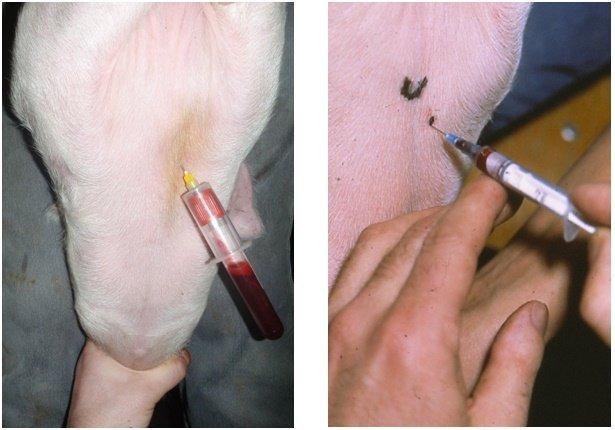
The marking of vacuum systems includes practical color coding, which makes it possible to sort the taken samples.
Possible mistakes
When performing the standard technique for taking blood from the jugular vein, there is a high probability of getting the material on a person and surrounding objects. If the animal is infected, there is a risk of spreading the infection. The open method takes a lot of time, requires preparation and utmost care.
If the rules of asepsis and the technique of blood sampling are violated, the obtained sample may not meet the requirements, the cow may experience complications in the form of abscesses, hematomas. It is not recommended to force the collection in order to avoid partial hemolysis of blood cells.




